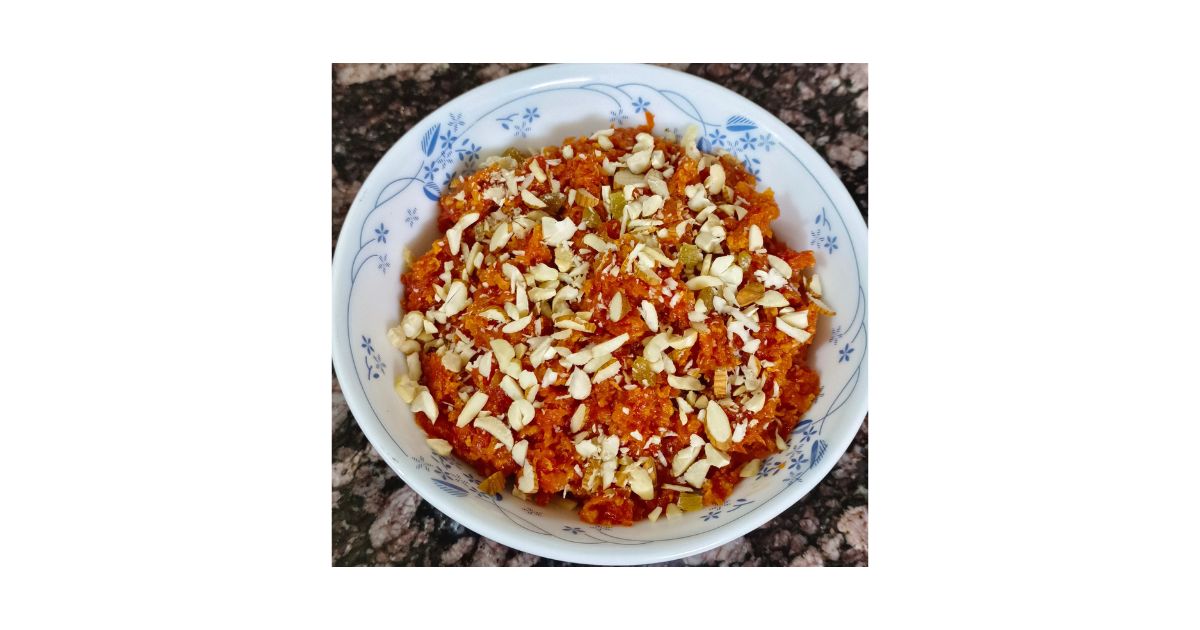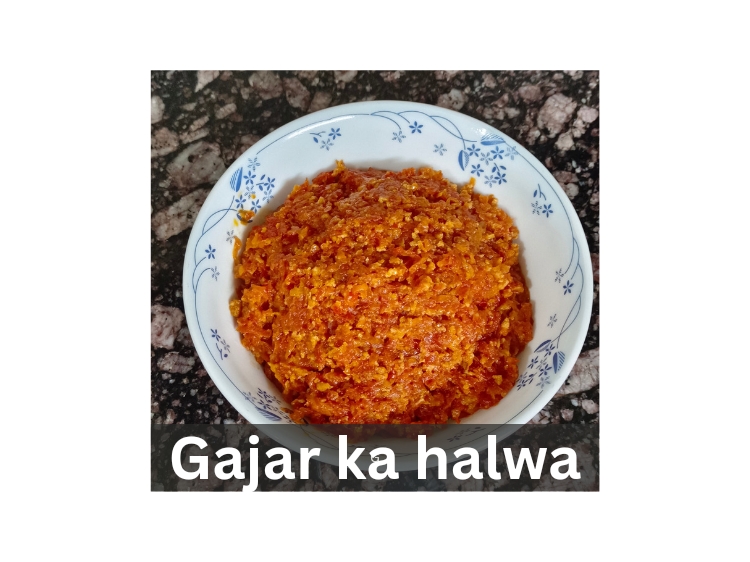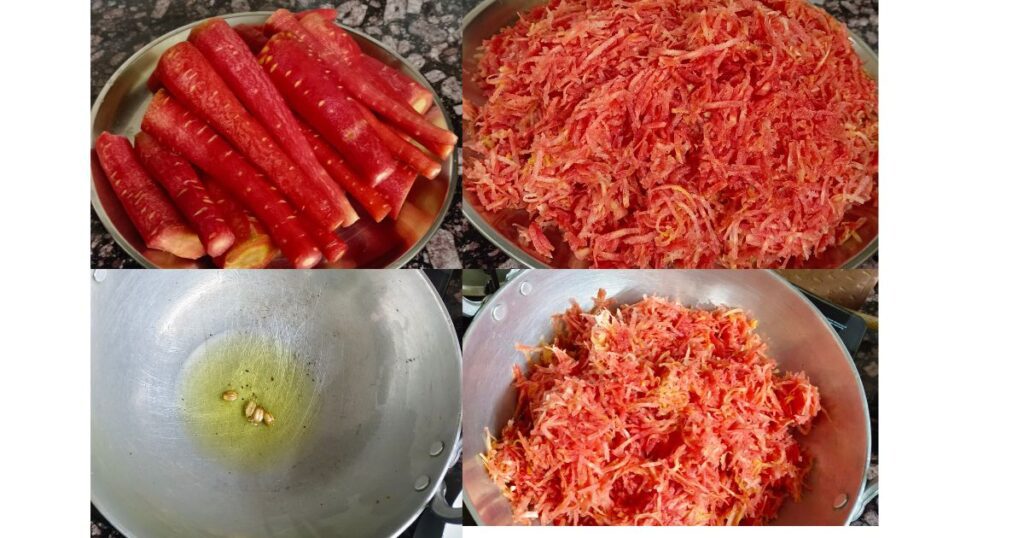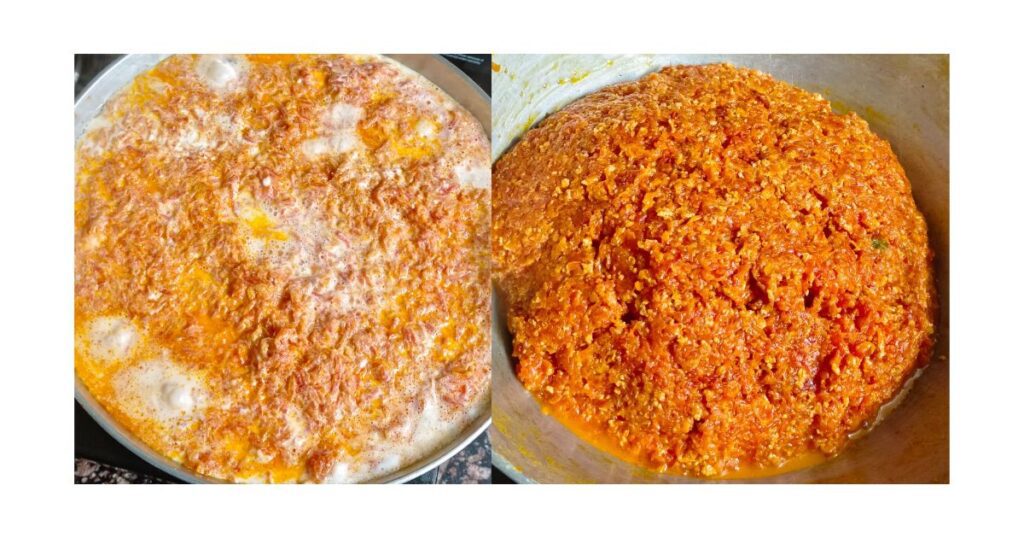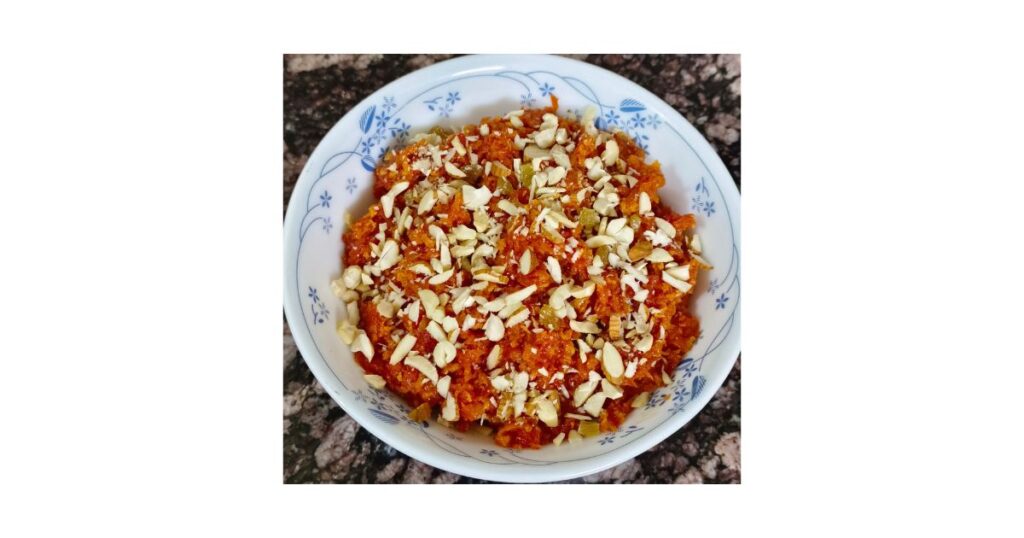Carrot Halwa, also known as Gajar ka Halwa, stands as a timeless masterpiece in the realm of Indian desserts. This delicacy, rich in history and flavor, weaves its way through the tapestry of Indian culinary traditions, bringing joy and sweetness to countless tables during festive celebrations and everyday indulgences.
Delicious Carrot Halwa: A Sweet Treat for Every Occasion
Crafting the perfect Carrot Halwa (Gajar ka Halwa) is an art in itself. The meticulous grating of fresh carrots, the slow simmering in ghee-infused milk, and the infusion of aromatic spices create a symphony of flavors and textures. The dish’s magic lies in the balance of sweetness, nuttiness, and the inherent earthiness of carrots, all harmonizing to create a truly decadent experience.
